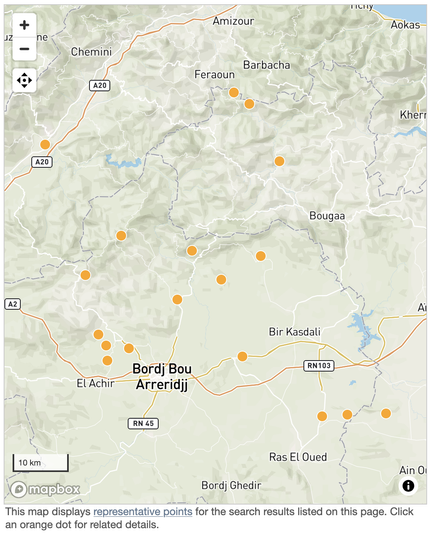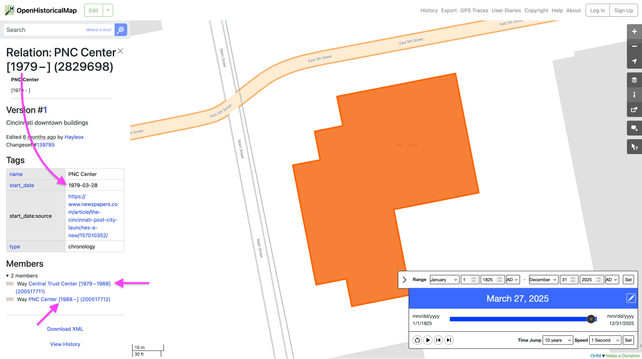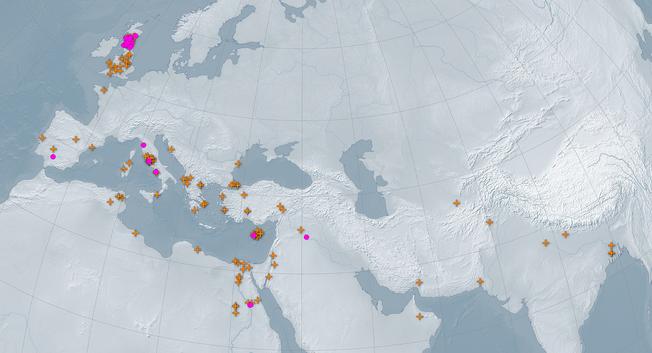#PleiadesGazetteer sneak peek!
We'll release our usual "Last Week" summary blog post on Monday, but meantime here's the first fruits of what's likely to be a long, slow project: completing and refining Barrington Atlas coverage in North Africa. In the last few days, @serviliusahala has reviewed and published new and updated records I prepared for 18 places in modern Algeria, mostly north and east of modern Bordj Bou Arreridjj: https://pleiades.stoa.org/search?Cites=%22BAtlas+31+%22&created%3Alist%3Adate=2025%2F05%2F23&created_usage=range%3Amin&portal_type%3Alist=Place&review_state%3Alist=published
Many of these are unexcavated and/or heavily spoliated sites that were cataloged by Stéphane Gsell in the *Atlas Archéologique de l’Algérie* (Algiers, Paris: 1911) with only then-modern or no associated toponymy. They were subsequently added to the relevant Barrington Atlas maps without labels or individual directory entries... 1/?




